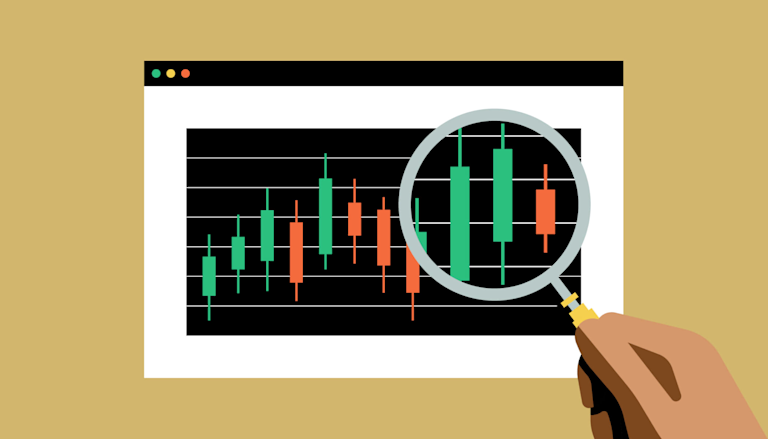
Understanding Crypto Trading Risk: Navigate the Market Wisely
The world of cryptocurrencies offers exciting opportunities, yet it is marred by notable risks that every trader must recognize. The volatility in crypto markets can lead to substantial financial losses, prompting the need for careful strategies and risk management techniques. For an in-depth discussion about these risks, visit Crypto Trading Risk http://fezonline.net/forum/viewtopic.php?p=61509. In this article, we will explore various types of risks in crypto trading and offer insights into how to navigate them effectively.
1. Understanding Market Volatility
Market volatility is one of the most significant risks in crypto trading. Cryptocurrencies are known for their price swings, which can lead to rapid gains or devastating losses. For example, a single tweet from a prominent individual can cause a cryptocurrency’s value to skyrocket or plummet within hours. This unpredictability makes it essential for traders to stay informed about market trends and developments.
Mitigating Volatility Risks
Traders can use various strategies to manage volatility, such as setting stop-loss orders to limit their potential losses. Additionally, traders should diversify their portfolios across different cryptocurrencies to reduce exposure to any single asset. It’s also advisable to use technical analysis to understand price patterns and market sentiment.
2. Regulatory Risks
Another critical risk associated with crypto trading stems from regulatory changes. Governments worldwide are still determining how to handle cryptocurrencies, and future regulations could impact the market significantly. Sudden announcements can lead to market contractions or expansions, making it crucial for traders to stay updated with the legal landscape surrounding cryptocurrencies.
Strategies to Navigate Regulatory Risks
To mitigate regulatory risks, traders need to remain compliant with the rules in their respective jurisdictions. Joining forums or communities, like the one referenced earlier, can provide insights into the regulatory environment. Building relationships with legal advisors or experts in crypto regulations can also aid in staying informed.

3. Security Risks
Security is a paramount concern in the cryptocurrency markets. Hacking incidents, phishing scams, and wallet vulnerabilities have led to significant losses for traders. Exchanges are particularly attractive targets for hackers, and breaches can result in the loss of millions of dollars.
Improving Security Measures
To enhance security, traders should only utilize reputable exchanges with solid security measures in place, such as two-factor authentication and cold storage for funds. It’s also prudent to regularly update software and employ safe trading practices to mitigate security risks.
4. Emotional and Psychological Risks
Emotional trading can lead to poor decision-making and significant losses. The fear of missing out (FOMO) often compels traders to act impulsively, while fear and greed might cloud their judgment. Recognizing the psychological challenges of trading is vital for long-term success.
Managing Emotional Risks
Developing a trading plan that outlines clear goals and strategies can help mitigate emotional risks. Keeping a trading journal is another effective way to reflect on trades and decision-making processes. Traders should also practice mindfulness and focus on analytical rather than emotional responses to market fluctuations.
5. Technical Risks

Technical risks primarily relate to issues with trading platforms or technologies, like software bugs, outdated systems, or network outages. These issues can prevent traders from executing trades at critical moments.
Reducing Technical Risks
Traders should choose platforms with proven reliability and robust infrastructures. Regularly testing the functionality of trading tools and keeping abreast of software updates can prevent unexpected issues during trading sessions.
6. Fundamental Risks
Fundamental risks involve changes in market conditions based on economic indicators, announcements, or technological advancements. The rise or fall of any valuation can stem from broader market sentiments or unscheduled events.
Staying Ahead of Fundamental Risks
To manage fundamental risks, traders should keep themselves informed about market news, advancements in blockchain technology, and overall economic factors influencing cryptocurrencies. This intelligence helps in making informed decisions positioned to withstand market fluctuations.
7. Conclusion: Navigating Crypto Trading Risk
In summary, understanding crypto trading risks is essential for any trader aiming to navigate this volatile market effectively. By recognizing the various types of risks, from volatility to regulatory changes and psychological factors, traders can implement suitable strategies to mitigate them. Through continuous education, adopting best practices, and remaining informed, traders will be better prepared to face the challenges of the crypto landscape. Remember, while the potential for profit is enticing, having a robust risk management strategy is the key to sustainable success in crypto trading.


コメント